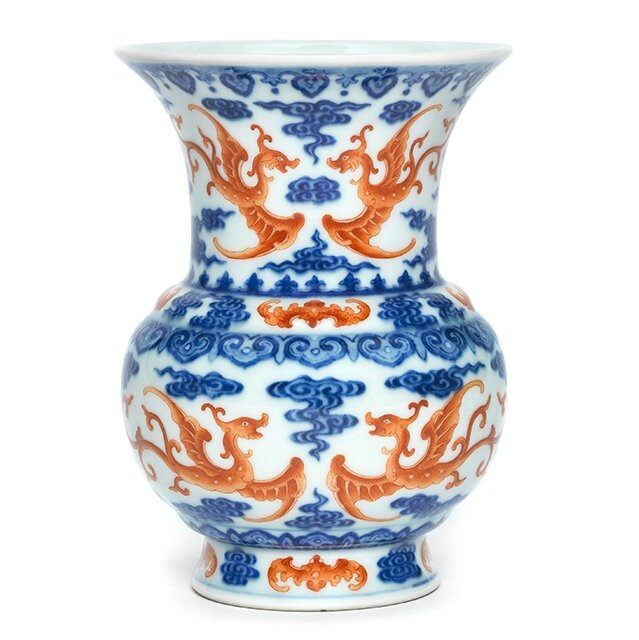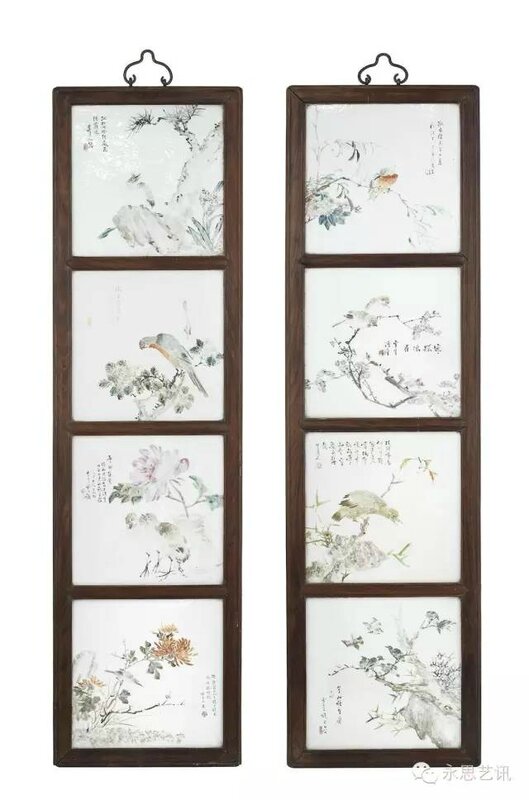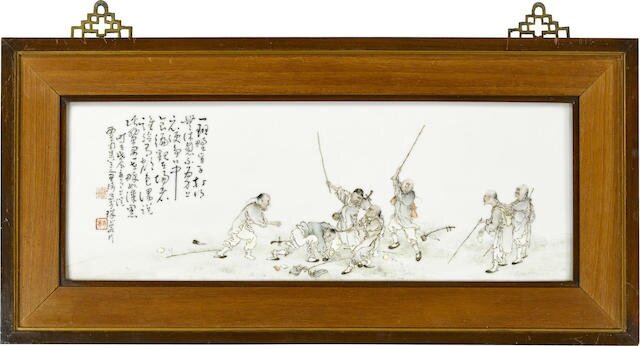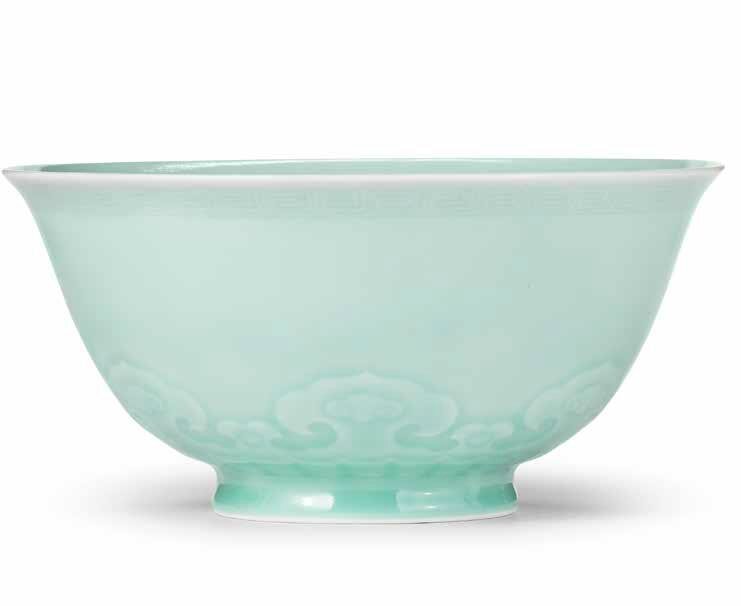![L'Innocence de Suzanne reconnue ou le Jugement de Daniel]()
Valentin de Boulogne, L'Innocence de Suzanne reconnue ou le Jugement de Daniel. Photo (C) RMN-Grand Palais (musée du Louvre) / Franck Raux
PARIS - Considéré comme le plus brillant des peintres à la suite de Caravage et comme l’un des plus grands artistes français à l’égal de Poussin, Valentin de Boulogne (1591-1632) passa l’essentiel de sa carrière à Rome, où il reçut de prestigieuses commandes, notamment du pape Urbain VIII ; son oeuvre fut aussi collectionnée par les puissants, au premier rang desquels figurent Mazarin et Louis XIV et servit de modèle tout au long du XIXe siècle à des maîtres aussi différents que David ou Courbet.
Aussi libre que Caravage, mort lui aussi dans la fleur de l’âge, il reprend à son devancier un réalisme dramatique, la tension suscitée par le clair-obscur et des thèmes novateurs tirés du quotidien (tavernes, concerts, martyrs et saints…), mais il les transfigure par une touche inédite à la fois d’introspection et de mélancolie ainsi qu’une sensibilitéà la couleur d’inspiration néo-vénitienne.
Le Louvre, qui possède la plus riche collection au monde d’oeuvres de l’artiste, s’est associé au Metropolitan Museum de New York pour la première monographie dédiée à cet artiste singulier, figure la plus importante du mouvement caravagesque en Europe.
Commissaires de l’exposition :
Commissaire général : Sébastien Allard, conservateur général, directeur du département des peintures, musée du Louvre.
Commissaire scientifiques : Keith Christiansen, John Pope-Hennessy Chairman du département des Peintures européennes, Metropolitan Museum of Art, New York et Annick Lemoine, directeur scientifique du Festival de l’histoire de l’art et maître de conférences, université de Rennes 2.
22 février - 22 mai 2017
![2]()
Valentin de Boulogne. Les joueurs de cartes, vers 1615. Gemäldegalerie Alte Meister, Staatliche Kunstsammlungen Dresde© BPK, Dresden Gemäldegalerie Alte Meister / Hans-Peter Kleist, dist. RMN-GP.
Réinventer Caravage : filiation et transfiguration
Valentin est fils d’un maître verrier et arrive à Rome dans les années 1610-1620 où il fera toute sa carrière. Il n’a jamais été marié et n’a pas eu d’enfants. Pendant ces années il vit de façon précaire et loue son travail à la journée. Il est peu enclin à côtoyer le milieu académique et fréquente davantage les tavernes et les banquets orgiaques où il se retrouve entre autres, avec des artistes nordiques, notamment de l’association des Bentvveghelst.
Son mode de vie est similaire en cela à celui de Caravage. Comme pour ce dernier, nous disposons de très peu d’informations et de documents sur sa vie. Par ailleurs, aucune oeuvre n’est datée avant celles de ses dernières années. Valentin est un des plus grands représentants du naturalisme à la suite de Caravage. Dans les années qui suivirent la mort de Caravage en 1610, l’Espagnol Jusepe de Ribera et le Français Valentin de Boulogne sont les deux plus importants protagonistes de la peinture naturaliste à Rome. Contrairement à Ribera, qui en 1616, s’installa à Naples, alors sous domination espagnole, l’intégralité de la carrière de Valentin se déroula à Rome, où il devint l’un des artistes de prédilection de la famille Barberini. Valentin va, comme d’autres artistes, être bouleversé par Caravage.
Si le rapprochement entre les deux artistes est évidemment perceptible autant par la brutalité et le choix des sujets tirés de la vie quotidienne (joueurs de cartes, chiromancie, scènes de cabaret ) – que dans la rhétorique des gestes, les cadrages et travail sur le clair-obscur. En revanche, Valentin va enfin parvenir à répondre aux critiques formulées à l’encontre de Caravage. Il développe une acuité psychologique, un sens de l’introspection et un raffinement chromatique (influence de la peinture vénitienne) qui tempèrent la violence des clair-obscur de Caravage (David et Goliath, collection Thyssen-Bornemisza) et parvient ainsi à transfigurer.
![1]()
Valentin de Boulogne, David et Goliath, vers 1616-1618. © Museo Thyssen-Bornemisza, Madrid.
L’exposition propose un parcours chronologique autour de trois thèmes.
Entre les années 1610 et 1620, Valentin choisit de peindre des sujets du quotidien – en cela il est proche de Ribera, Cecco del Caravaggio et Manfredi – mais avec la démarche très novatrice de puiser ses modèles auprès de types du peuple romain : joueurs de cartes, tricheurs, scènes de tavernes, chiromancie. Les oeuvres de cette période, caractérisées par des cadrages resserrés, des figures sculpturales et un travail du clair-obscur très contrasté, qui annoncent le travail « photographique» restituent un sentiment de tension menaçante et sont animées d’une force dramatique inédite.
![Reunion dans un cabaret]()
Valentin de Boulogne. Réunion dans un cabaret. Département des Peintures, musée du Louvre© RMN-GP (musée du Louvre) / Martine Beck Coppola
![IA-1981_53primary]()
Valentin de Boulogne. La Diseuse de bonne aventure, vers 1628, Département des Peintures, musée du Louvre, Paris © RMN-GP (musée du Louvre) / Tony Querrec.
Après les années 1620, la rhétorique des compositions devient plus importante ainsi que la complexité des gestes et des personnages. Les compositions simples, aux cadrages serrés des années 1610 laissent place à des compositions peintes plus monumentales : que ce soit avec des figures isolées d’après modèle vivant (telles que S. Jean Baptiste, S. Jean de Maurienne) ou des scènes collectives (Reniement de S. Pierre, Fondazione di Studi di Storia dell’Arte Roberto Longhi, Florence ; Soldats jouant aux cartes, Washington). Certaines oeuvres présentent une dimension historique avec des références à l’Antique (Concert au bas-relief, musée du Louvre, dont le relief reprend le motif de plaques en terre cuite de la collection Campana).
![Saint John the Baptist]()
Valentin de Boulogne. Saint Jean Baptiste, vers 1628-29 © Santa Maria in Via, Camerino
![S]()
Valentin de Boulogne. Saint Jean de Maurienne, vers 1620–22 © Cathédrale Saint Jean Baptiste, Saint-Jean-de-Maurienne.
![Le reniement de saint Pierre]()
Valentin de Boulogne, Le reniement de saint Pierre, 1616-1618 © Fondazione di studi di Storia dell'Arte Roberto Lonhi, Florence.
![Soldats jouant aux cartes]()
Valentin de Boulogne, Soldats jouant aux cartes, vers 1620-1622. National Gallery of Art, Washington, Patrons' Permanent Fund 1998.104.1© 2016 National Gallery of Art, Washington D.C.
![3]()
Valentin de Boulogne. Le concert au bas-relief, vers 1623-1625, Musée du Louvre, Paris© RMN-GP (musée du Louvre) / Adrien Didierjean.
Les gestes sont marqués par une sorte de théâtralité et le clairobscur est tempéré par une palette chromatique fine. Valentin apporte une dimension psychologique empreinte de mélancolie. Les grandes compositions religieuses datent également de cette période (Christ et la femme adultère, Getty, Le couronnement d’épines, Munich, Le Christ chassant les marchands du Temple, Palais Barberini).
![Jésus_et_la_femme_adultère_-_Valentin_de_Boulogne]()
Valentin de Boulogne. Christ et la femme adultère, 1618-1622. J. Paul Getty Museum, Los Angeles© J. Paul Getty Museum, Los Angeles.
![IA-ART509334]()
Valentin de Boulogne, Le couronnement d’épines, ca. 1627–28 © Bayerische Staatsgemäldesammlungen München-Alte Pinakothek, Munich
![IA-ART385037]()
Valentin de Boulogne, Le Christ chassant les marchands du Temple, ca. 1618–22 © Galleria Nazionale d'Arte Antica, Palazzo Barberini, Rome
Enfin les années 1627-1630 sont celles de la gloire et de l’obtention de commandes par la famille Barberini, dont celle qui marque l’apogée de la carrière de l’artiste avec celle du pape Urbain VIII. Ainsi pour la famille Barberini, Valentin peignit l’une des oeuvres les plus étonnantes du XVIIe siècle, L’Allégorie de l’Italie (prêt exceptionnel de l’Institut Finlandais de Rome) : figure du Tibre qui rappelle une sculpture antique mais peinte d’après nature. Dans les oeuvres de cette époque s’exprime une ambivalence entre la tension vers le naturalisme et une forme d’idéalisme, qui introduit une dimension surprenante. Le spectateur, pris par un sentiment de drame en suspend qui bouleverse, assiste à l’action en train de se dérouler, au moment de son basculement. Valentin reçut, grâce à l’intervention du cardinal Francesco Barberini, la plus prestigieuse commande qu’un artiste puisse recevoir, celle d’un retable pour la basilique Saint-Pierre, (Pinacothèque Vaticane), à l’instar de Nicolas Poussin et de Simon Vouet. Valentin fait preuve d’une grande maîtrise de la composition et des couleurs, dont témoigne Le Martyre de S. Procès et Martinien, (Pinacothèque Vaticane) par le grand réalisme des figures et l’éclat des coloris. L’installation de ce retable, ainsi que celui de Poussin, suscitèrent un vif débat sur les vertus d’un art naturaliste, célébrant la couleur, par rapport à un style classique, fondé sur le dessin, mettant ainsi en jeu un débat qui, sous diverses formes, perdurera au cours des trois siècles suivants.
![Allegory of Italy]()
Valentin de Boulogne, L’Allégorie de l’Italie, 1628–29 © Villa Lante al Gianicolo, Institutum Romanum Finlandiae, Rome.
![Martyres des saints Procès et Martinien]()
Valentin de Boulogne. Martyres des saints Procès et Martinien, 1630. Vatican Pinacoteca© Musées du Vatican, Cité du Vatican, Rome.
La Fortune
Très célèbre en son temps, sa réputation est arrivée jusqu’en France où Valentin a été apprécié dès le XVIIe siècle. Son oeuvre S. Marc et S. Mathieu qui décora la chambre du roi à Versailles, est présenté pour la première fois hors du chateau. La réputation posthume de Valentin s’enflamma d’emblée. Deux semaines seulement après la mort prématurée du peintre en 1632, le marchand-graveur François Langlois, à la recherche de chefs-d’oeuvre de grands maîtres pour des collectionneurs, fut informé par Pierre Lemaire du phénomène : « on ne peut pas trouver ses peintures, ou si on les retrouve, il faut payer quatre fois ce qu’ils coûtent à l’origine ». Le cardinal Mazarin, ministre de Louis XIV, rassembla pourtant pas moins de neuf toiles de l’artiste, qui entrèrent dans les collections royales après sa mort et constituent l’un des fleurons de la collection du Louvre. Le roi, lui-même, acquit une importante série de quatre évangélistes de Valentin, toujours accrochée dans la Chambre du Roi à Versailles. Au XIXe siècle, le style novateur de l’artiste devint un point de référence tant pour Courbet que pour Manet : fervents défenseurs d’un art d’après nature. Bien que sa trop brève carrière se déroule entièrement à Rome, Valentin peut donc être considéré comme une figure centrale dans l’histoire de la peinture française et de la peinture européenne, à l’instar de George de la Tour et de Vermeer.
![Valentin de Boulogne]()
Valentin de Boulogne. Saint Marc, l'évangéliste. Versailles© RMN-GP (château de Versailles) / Daniel Arnaudet. Jean Schormans.
![Saint Mathieu, l'Evangéliste]()
Valentin de Boulogne. Saint Mathieu, l'évangéliste. Versailles© RMN-GP (château de Versailles) / Daniel Arnaudet. Jean Schormans
![Judith et Holopherne]()
Valentin de Boulogne. Judith et Holopherne. National Museum of Art, Valetta Malta© Photo Scala, Florence.
![Judith avec la tête d'Holopherne]()
Valentin de Boulogne, Judith avec la tête d'Holopherne, 1628-1629. © Musée des Augustins de Toulouse / Bridgeman images.

























































































































































































